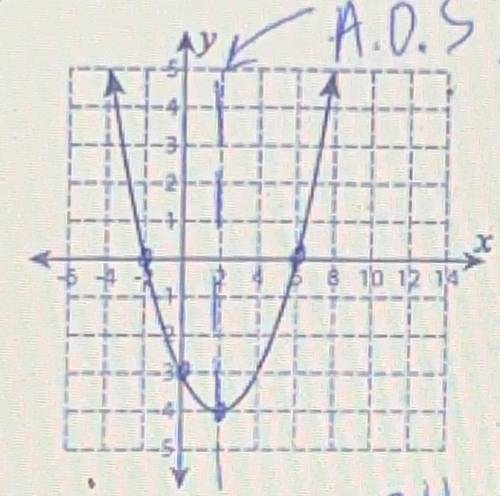Find the properties
Range: y ≥
x intercepts: x= x=
Y intercept: (0, )
vertex: (...

Mathematics, 08.12.2020 20:20 ndnx
Find the properties
Range: y ≥
x intercepts: x= x=
Y intercept: (0, )
vertex: ( , )
minimum value: ( , )
axis of symmetry: x=


Answers: 3


Other questions on the subject: Mathematics

Mathematics, 21.06.2019 12:40, Starzdaze78
For what values of b will f(x)= logbx be a decreasing function? (16 )
Answers: 1

Mathematics, 21.06.2019 18:40, rivera8
Juliana says that she can use the patterns of equivalent ratios in the multiplication table below to write an infinite number of ratios that are equivalent to 6: 10. which statement explains whether juliana is correct? she is correct because she can multiply 6 and 10 by any number to form an equivalent ratio. she is correct because 6: 10 can be written as 1: 2 and there are an infinite number of ratios for 1: 2. she is not correct because the multiplication table does not include multiples of 10. she is not correct because 6: 10 is equivalent to 3: 5 and there are only 9 ratios in the multiplication table that are equivalent to 3: 5.
Answers: 1
You know the right answer?
Questions in other subjects:




Mathematics, 07.09.2021 17:50


Mathematics, 07.09.2021 17:50

Mathematics, 07.09.2021 17:50



Geography, 07.09.2021 17:50



